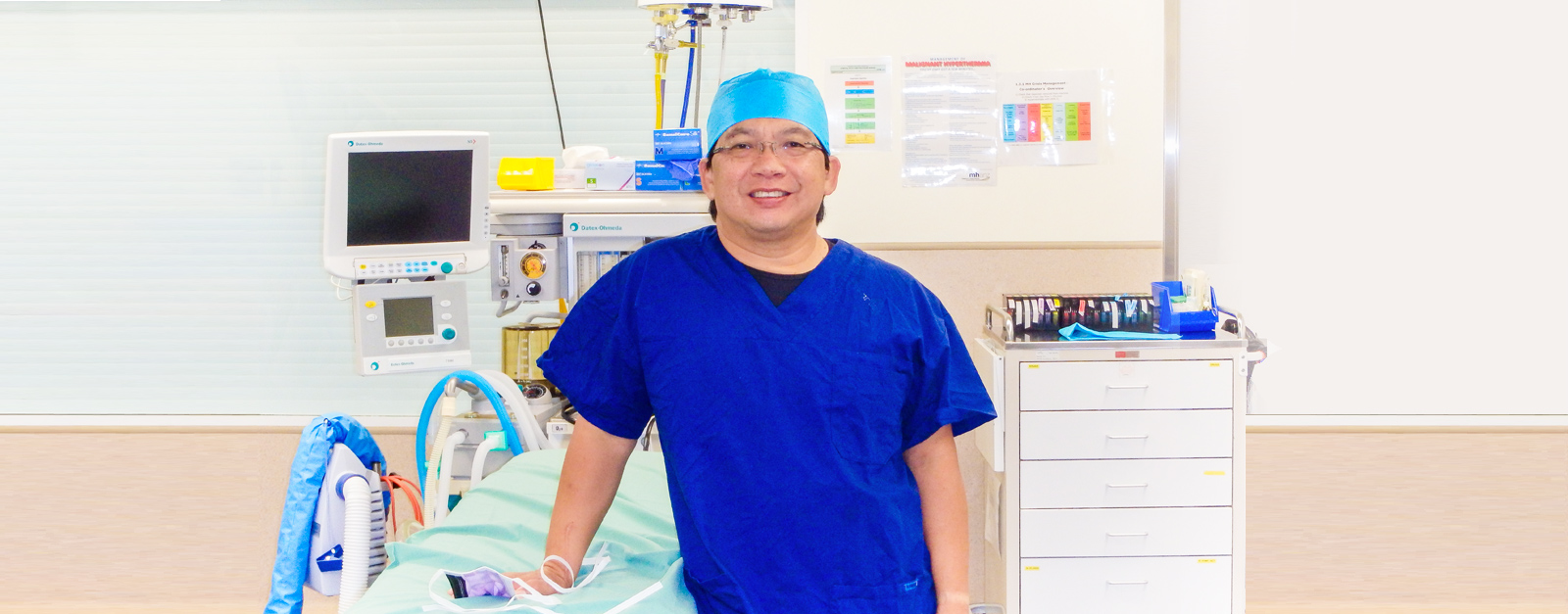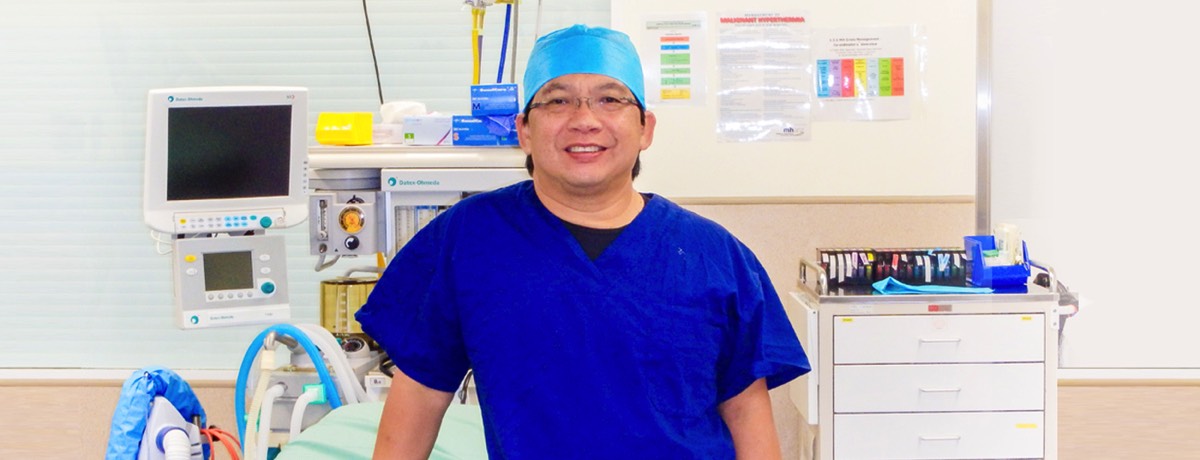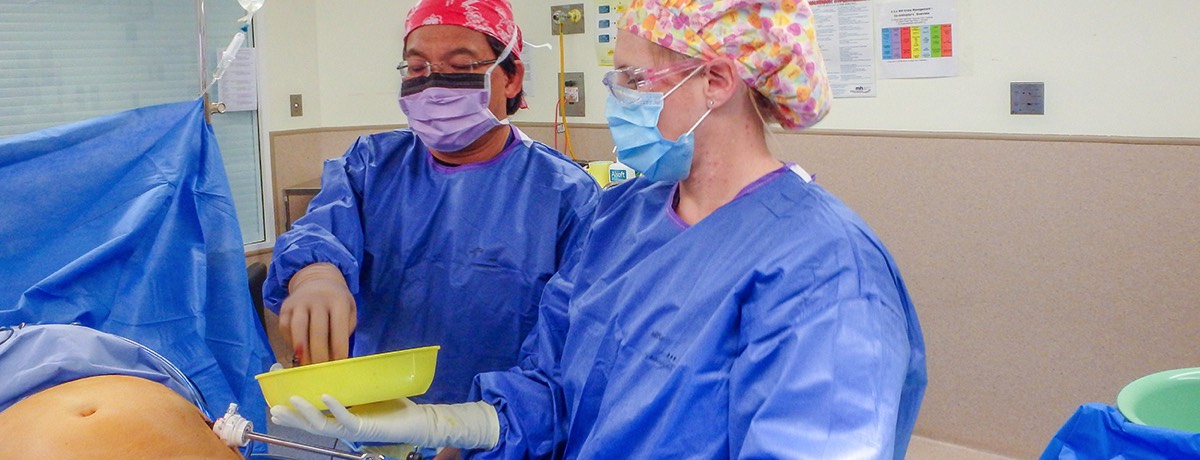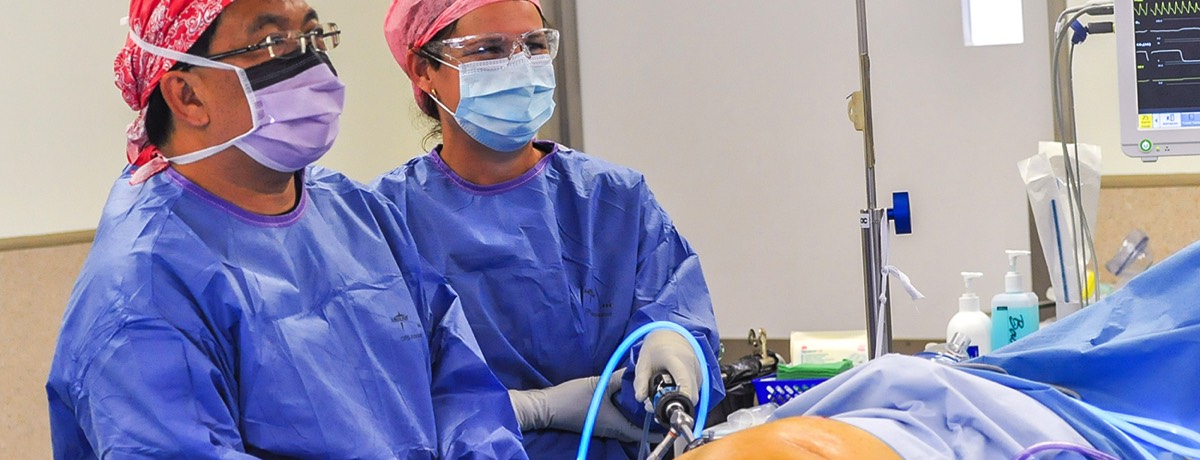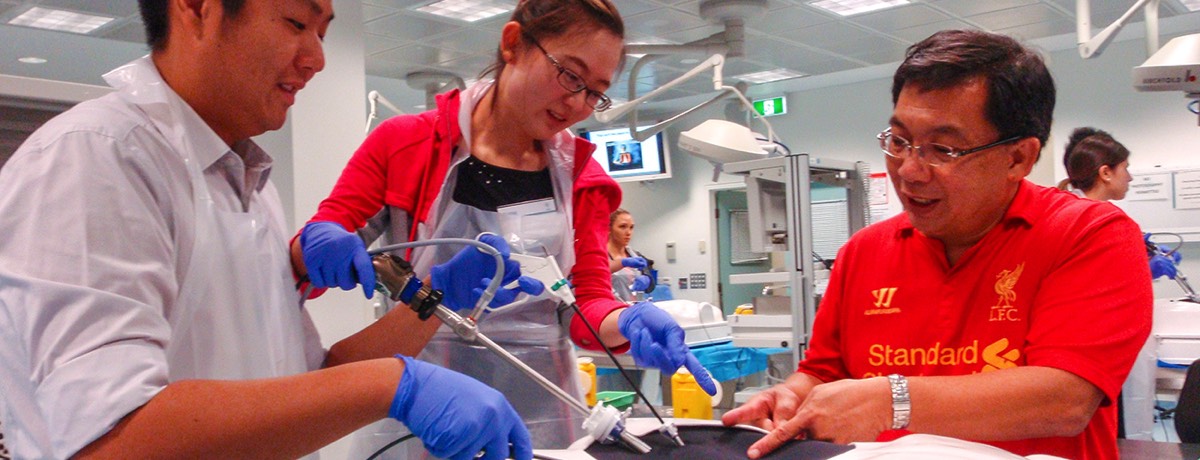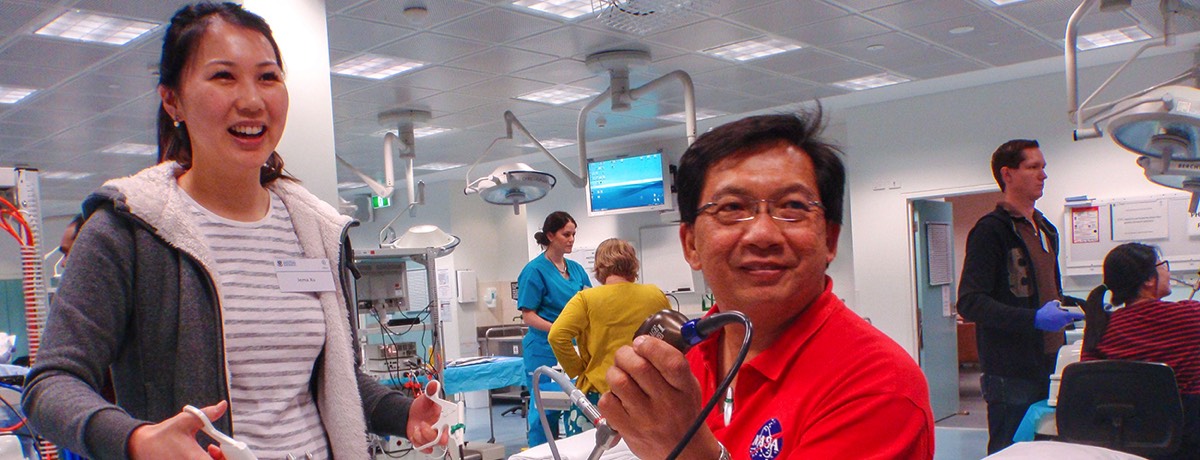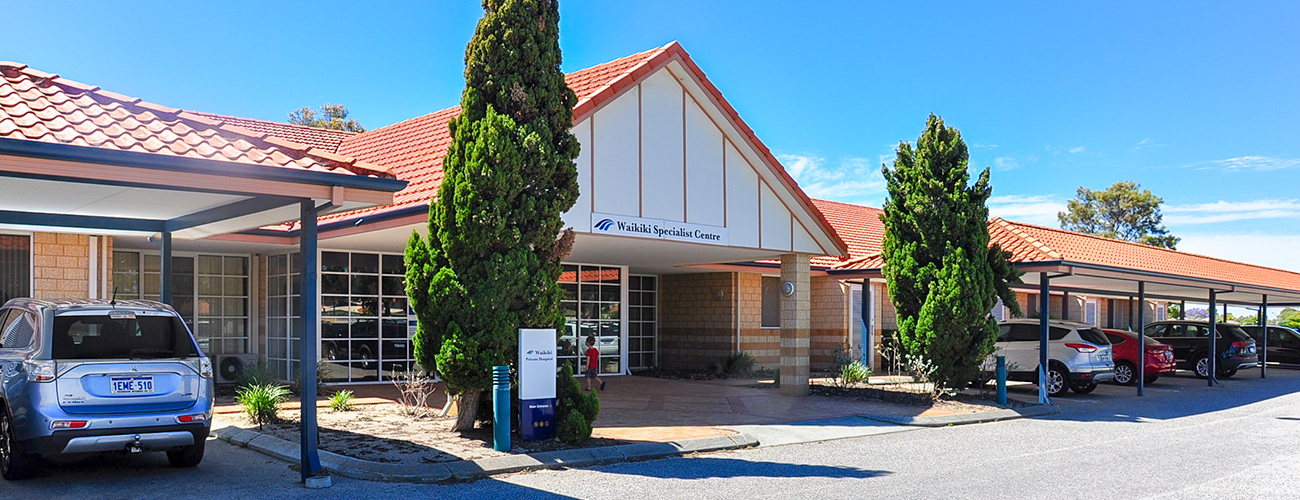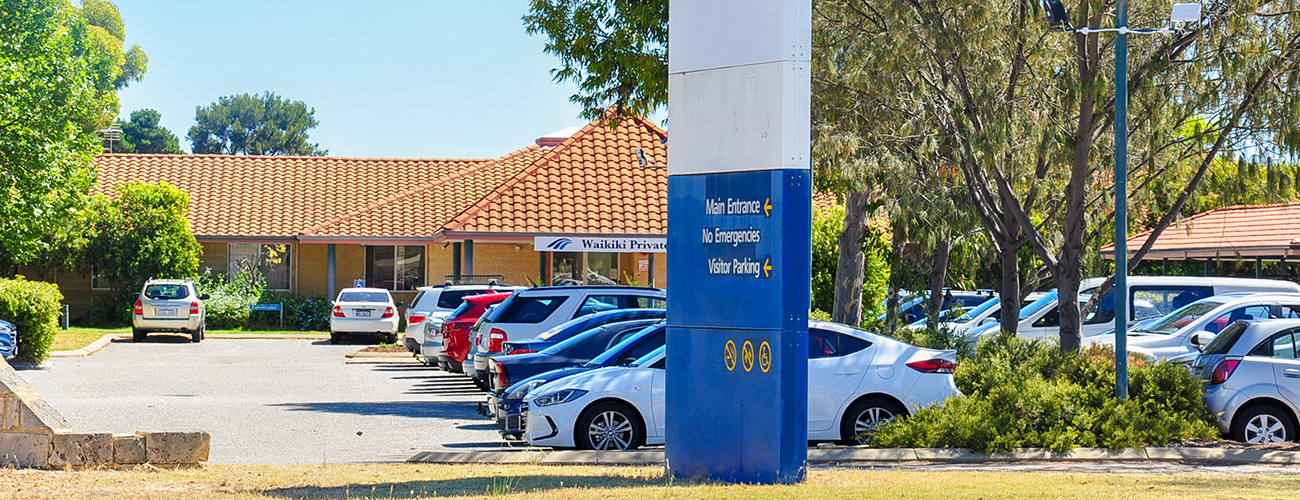Incisional hernia
This is a hernia that is associated with a previous abdominal incision.
It presents as a lump with some discomfort or pain. It can manifest itself anytime after the surgery—even years later. The hernia lump may be able to be reduced (reducible hernia) or not reducible (irreducible hernia).
If the blood supply to the hernia content is compromised, patients can present with severe abdominal pain, protracted nausea and vomiting, bloating and distended abdomen. This is a surgical emergency and therefore the patient is strongly advised to seek medical treatment without delay.
It presents as a lump with some discomfort or pain. It can manifest itself anytime after the surgery—even years later. The hernia lump may be able to be reduced (reducible hernia) or not reducible (irreducible hernia).
If the blood supply to the hernia content is compromised, patients can present with severe abdominal pain, protracted nausea and vomiting, bloating and distended abdomen. This is a surgical emergency and therefore the patient is strongly advised to seek medical treatment without delay.
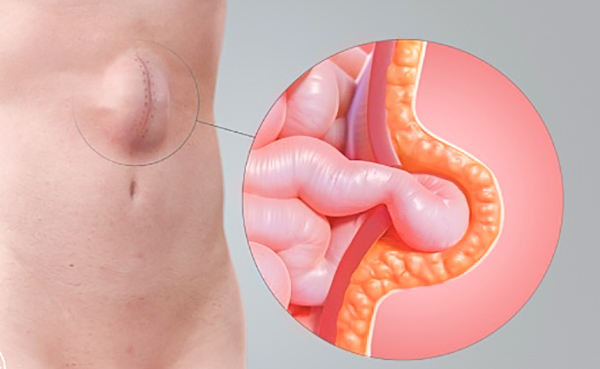
Incisional hernia.
Incisional hernia repair
The surgical approach to an incisional hernia repair is primarily dependent on the location and size of the hernia. This can be performed either by laparoscopic techniques or by the open method.
Repair of incisional hernia with small defect
Open procedure
An incision is made over the hernia.
The hernia sac and its content are dissected off the surrounding structures. The hernia is then reduced (pushed back into the abdomen). A mesh is placed under the muscle to cover the hernia defect. This mesh is typically anchored to the overlying muscle.
The defect is closed with sutures. A temporary drain may be needed. The skin is then sutured closed.
The hernia sac and its content are dissected off the surrounding structures. The hernia is then reduced (pushed back into the abdomen). A mesh is placed under the muscle to cover the hernia defect. This mesh is typically anchored to the overlying muscle.
The defect is closed with sutures. A temporary drain may be needed. The skin is then sutured closed.
Laparoscopic procedure
Three incisions are made in the left abdominal wall, away from the hernia site. Gas is introduced into the abdominal cavity, elevating the abdominal wall away from the abdominal organs.
The hernia content is carefully dissected and reduced into the abdominal cavity leaving the hernia defect exposed.
The hernia defect is closed laparoscopically (from the inside). The hernia defect is then covered with mesh that is secured to overlying muscle with special sutures and clips. Skin is closed with dissolvable sutures.
The hernia content is carefully dissected and reduced into the abdominal cavity leaving the hernia defect exposed.
The hernia defect is closed laparoscopically (from the inside). The hernia defect is then covered with mesh that is secured to overlying muscle with special sutures and clips. Skin is closed with dissolvable sutures.
Repair of incisional hernia with large defect
Quite often in these hernias it is not possible to close the hernia defects without tension on the muscle repair. This will predispose to a high recurrence rate.
Therefore, for these hernias, the repairs are undertaken with the abdominal wall reconstruction approach.
See: Abdominal Wall Reconstruction/Abdominal Wall Component Separation
Therefore, for these hernias, the repairs are undertaken with the abdominal wall reconstruction approach.
See: Abdominal Wall Reconstruction/Abdominal Wall Component Separation
Possible complications
- Wound infection.
- Mesh infection.
- Wound haematoma/seroma.
- Hernia recurrence.
- Damage to abdominal organs (for laparoscopic repair).
Postoperative care
The patient should expect to have some discomfort for one to two weeks. This can be alleviated with some oral pain relief. A script will be given on discharge from hospital.
The patient is encouraged to be active. With restrictions of no heavy lifting for a minimum of 3 weeks. More detailed information will be discussed during your pre-operative consultation session.
Caution is advised when participating in exercise.
The patient is typically reviewed 2–3 weeks after the operation.
Please also see: Hernia – overview
The patient is encouraged to be active. With restrictions of no heavy lifting for a minimum of 3 weeks. More detailed information will be discussed during your pre-operative consultation session.
Caution is advised when participating in exercise.
The patient is typically reviewed 2–3 weeks after the operation.
Please also see: Hernia – overview
Clinical Associate Professor Hairul Ahmad MBBS FRACS
Upper Gastrointestinal, Advanced Laparoscopic and General Surgery
Perth, Western Australia
Perth, Western Australia
Practice Details
Suite 12, Waikiki Specialist Centre,
221 Willmott Drive, Waikiki WA 6169
Please call (08) 9592 2298 for an appointment.
Fax: (08) 6314 1524
or email us
Office hours
9am–4pm Monday to Friday
Affiliations
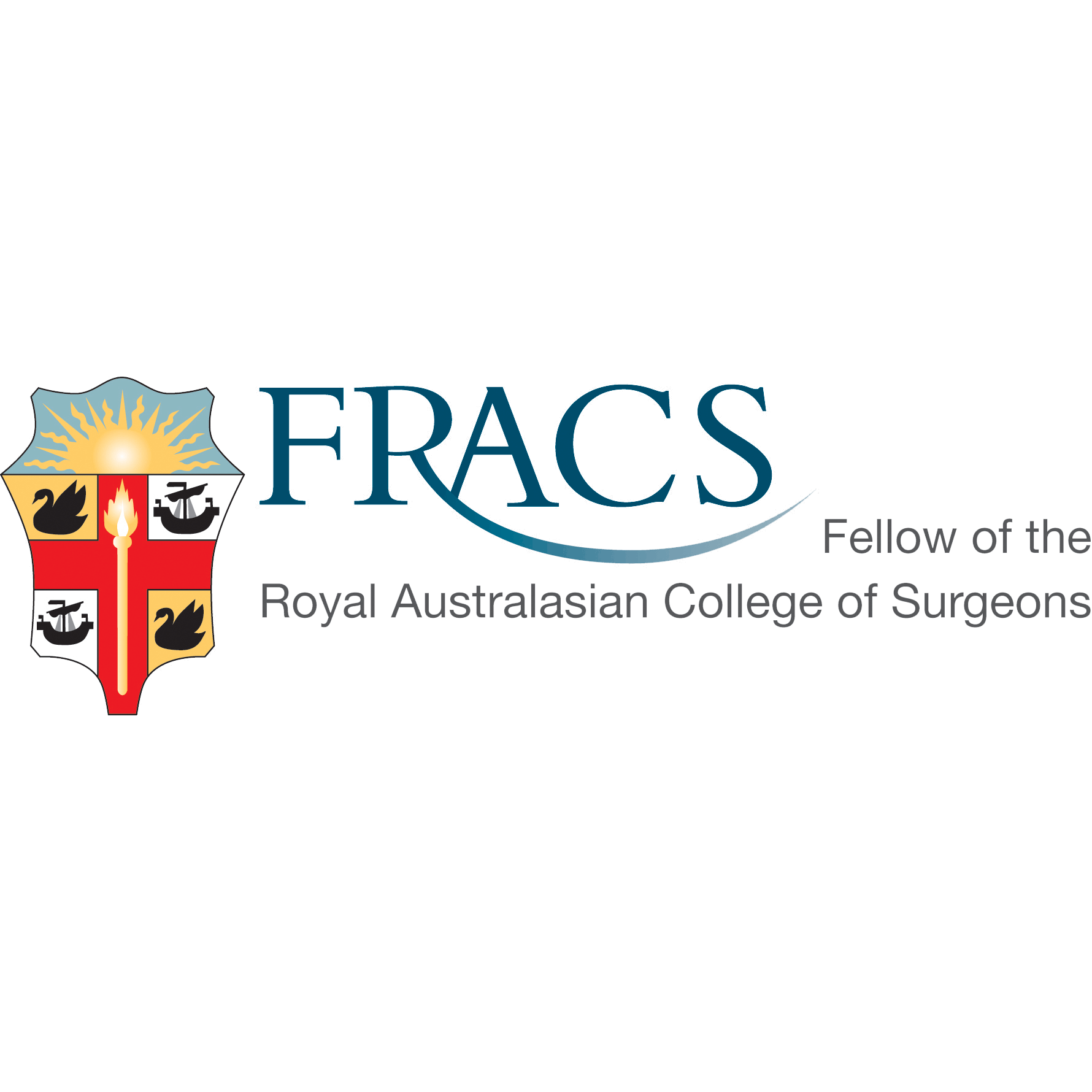

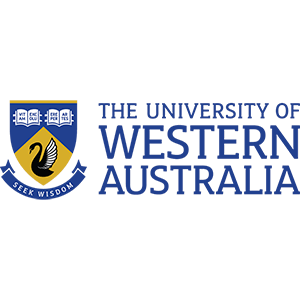

© 2022 Perth General Surgery.
All Rights Reserved. Content and images on this website are subject to copyright.
